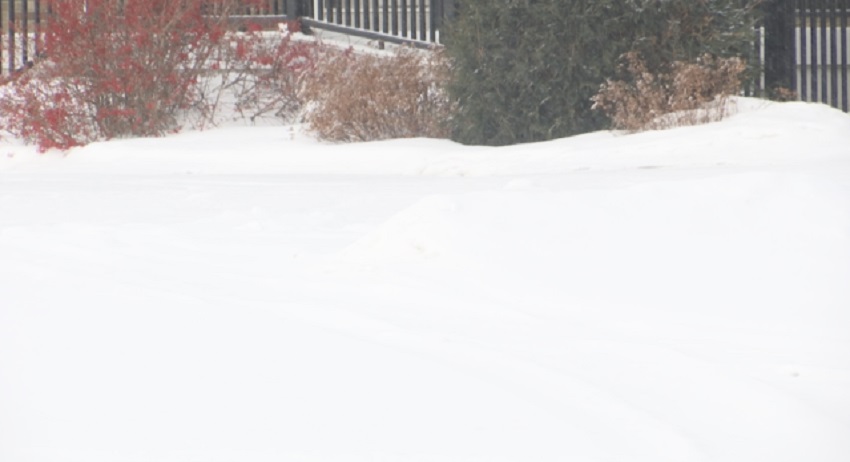Bismarck, ND – Winter kill, a phenomenon where plants die due to a lack of moisture from frozen ground, has been less of an issue in North Dakota this year, particularly in the Minot and Bismarck areas. According to experts from the North Central Research Extension, the process of winter kill did not occur as early as expected, offering a silver lining for local farmers and gardeners.
Typically, winter kill happens when frost arrives in September or October, causing plants to struggle as they are unable to access water from the frozen soil. For cover crops, this issue usually arises in November. However, the delayed onset of freezing temperatures in the region allowed plants to continue growing longer, ultimately benefiting soil health.
Chandler Gruener, a soil health specialist at the North Central Research Extension in Minot, explained that the extended growth period for cover crops has been beneficial for soil structure and fertility. “It’s a good thing for farmers as it gives them a little extra time to build soil health before winter fully sets in,” Gruener said.
In addition to helping cover crops, the mild conditions also affected perennials, with many growers noticing that dormancy started later than usual. This delay allowed plants more time to mature and prepare for the winter.
Snow cover, which often arrives before a hard frost, also played a protective role in the region. Gruener emphasized that snow acts as a natural insulator, protecting plants and grasses from the harsh cold. “When snow falls before the first hard frost, it creates a barrier that keeps the soil warmer, extending the life of plants,” he said.
However, there are limitations to this protection. If temperatures continue to drop without a warming spell to melt the snow, the plants will ultimately succumb to the cold. By mid-November, soil temperatures typically dip below 34 degrees, halting plant growth and leading to their death.
While this year’s delayed winter kill allowed for more plant growth, experts caution that the window for protection is closing as temperatures continue to fall. The balance between snow cover and harsh winter conditions remains critical for plant survival in the region.


